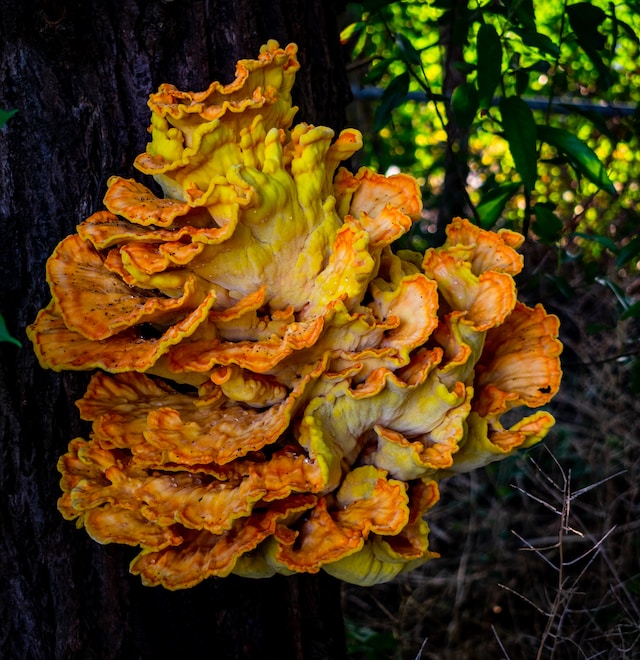This post is also available in Dutch.
The part that is real
The fungus Ophiocordyceps unilateralis, better known as the zombie-ant fungus,is a remarkable organism found in tropical forests. This fungus can manipulate the behavior of its host – in this case, helpless ants – to an extraordinary degree. Terrifying videos of how these fungi can spread and replicate themselves inside their hosts, ultimately leading to their demise, do exist (for the brave ones) and do resemble scenes from the series.
But how does this fungus manage to control the behavior of its host? This is a question that has perplexed researchers for some time. Through laboratory experiments involving induced fungal infection, scientists have observed two key compounds (GBA and sphingosine) being released in the hosts’ brains. These compounds are highly specific and have also been found to be associated with neurological and neurodegenerative disorders. Relevant to this discussion are some other types of fungi capable of mind-altering effects and gaining popularity in entirely different contexts. “Magic mushrooms”, or else psilocybin, is such an example of fungi that became famous for their psychedelic properties linked to their activity on the serotonin receptors of the brain.
The part that is not real
While the series portrays the infections taking place through biting, the reality is quite different. The Ophiocordyceps fungi infect hosts through airborne spores, which do induce nevertheless a biting behavior, forcing the victim to bite onto a leaf, getting stuck there till their end (known as the death grip), providing a nest out of which new spores will be released.
Unlike in the series, infected ants can’t form a network or build colonies of ant zombies. Quite on the contrary the infected ants are forced to retreat to a more humid environment away from their nest facilitating further fungal spread.
Most importantly, though, and the reason why you are probably still here, these fungi cannot infect humans. They have an affinity for ants, and even a more specific one for certain ants. Our body temperature is too high for most fungi to grow and the same goes for Ophiocordyceps. Furthermore, the leap from the nervous system of an ant to that of a human is vast. So, sit back, relax, and enjoy the series for what it is – a captivating but exaggerated representation of the fascinating world of fungal biology.
Header photo by Clyde Gravenberch on Unsplash
Author: Christina Isakoglou
Buddy: Francesca Abela
Editor: Ellen Lommerse
Translation: Floortje Bouwkamp
Editor translation: Marlijn ter Bekke
